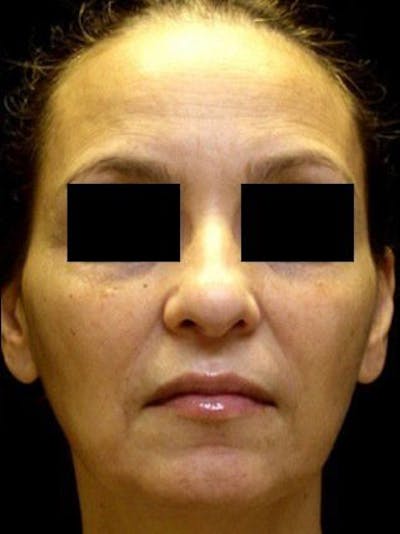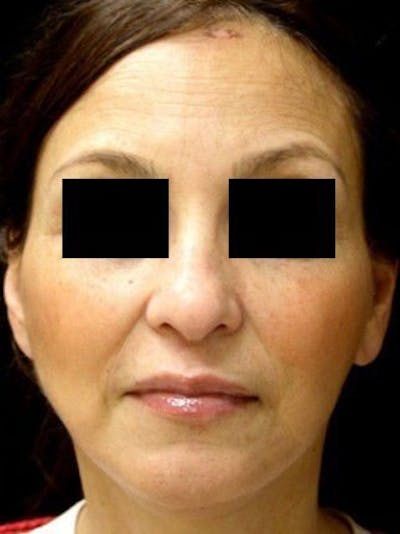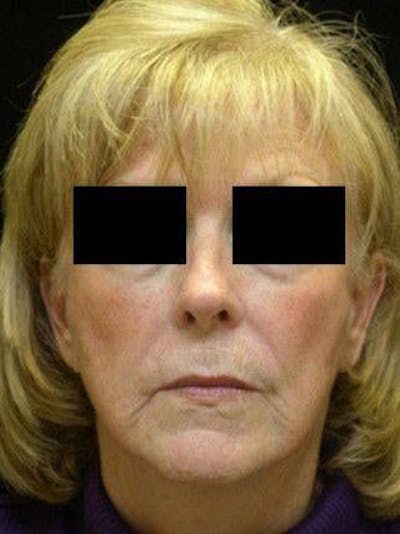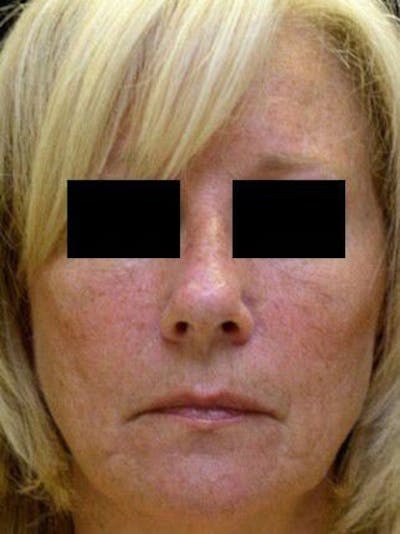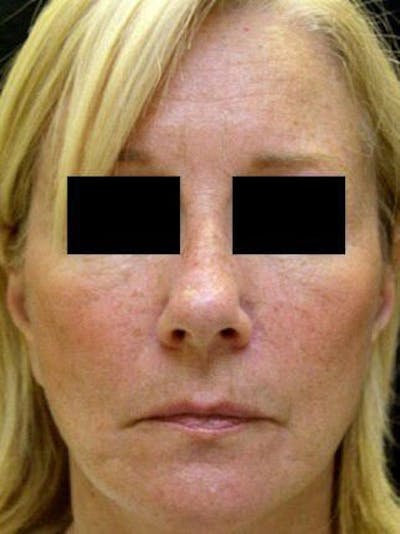If you’re experiencing facial sagging, heavy wrinkles, lines, and creases, and you want to turn back the clock to see your more youthful face in the mirror again, you may have considered a facelift. There are different types of facelifts that can help achieve facial rejuvenation. One of the most effective is the deep plane facelift in NYC.
COVID-19 Safety Measures
We understand that there may be times when you miss an appointment due to emergencies or obligations for work and family.
However, due to Covid 19. and the current CDC guidelines, we are implementing a new ” no exceptions” cancellation/no show/rescheduling policy effective September 1, 2020.
If any appointment is cancelled or RESCHEDULED less than 24 hours in advance you will be charged a fee of $100. This policy will be in place until further notice and applies to new AND existing clients We apologize for any inconvenience but look forward to getting through this difficult time together.
At Dr. Halaas office, we take our staff’s and patients’ health very seriously. We are implementing safety measures to ensure everyone who comes through our doors will experience the highest level of care and the lowest risk levels.
Safety of our Employees
Each day we are taking our employees temperatures and going over a questionnaire to make sure we are all in the best of health. If anyone has a temperature over 100.4, or has fever, sore throat, chills, loss of taste, cough, shortness of breath, muscle pains, or headache, they will be asked to leave and go see their primary care doctor, or go get tested.
If an employee has been in contact with someone with Covid, we will ask them to get themselves tested, or they will have to quarantine themselves for two weeks.
We have installed a sneeze guard at our front counter for the safety of both our employees and our patients.
Safety of our Patients
Patients must sign up for our patient portal before coming to their appointment
- Information to get into the portal will be emailed immediately after making an appointment
- Information to be completed will be medical history as well as a Covid questionnaire
- Covid questionnaire must be completed for EVERY visit patient makes until further notice
- We also have a patient app, MyPatientVisit, that we can communicate with the patient when we are ready to see them
All patients must wear masks to their appointment.
We ask patients to come to their appointment alone. Minors may be accompanied by an adult.
Temperature will be taken at the door.
- If they have a temperature over 100.4 they will be rescheduled and asked to go see their primary care doctor
Once patient has been cleared, we will escort them to their suite where they will be treated.
We have removed water and snacks from our waiting area, as well as all pamphlets regarding services.
Each room will be thoroughly disinfected in between patients
We encourage telehealth consults beforehand, so we can make a plan for when patients do come into office.
Written by Dr. Halaas
